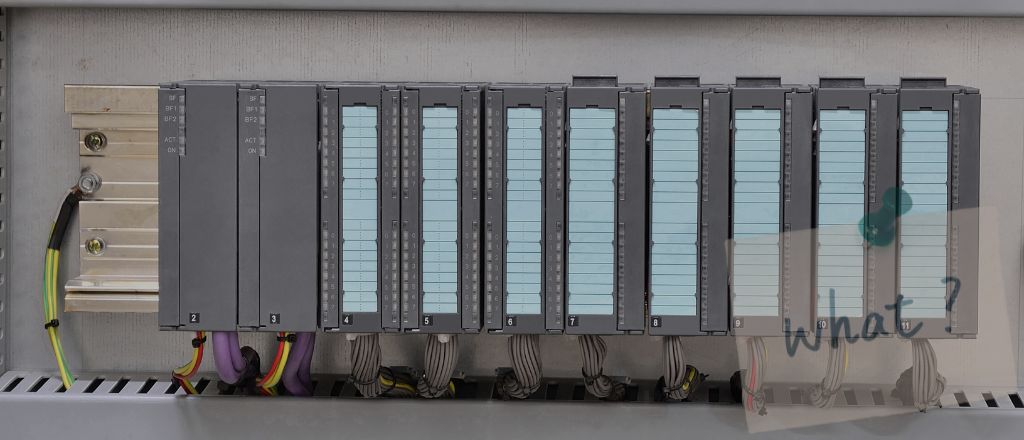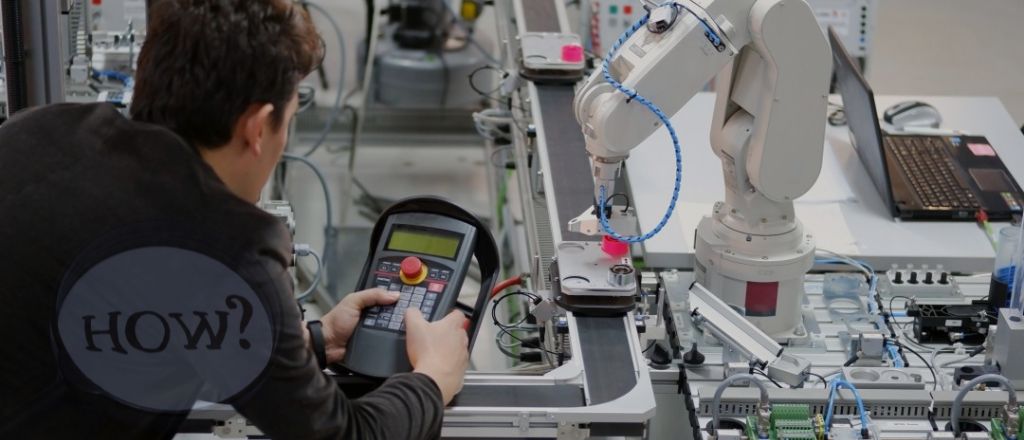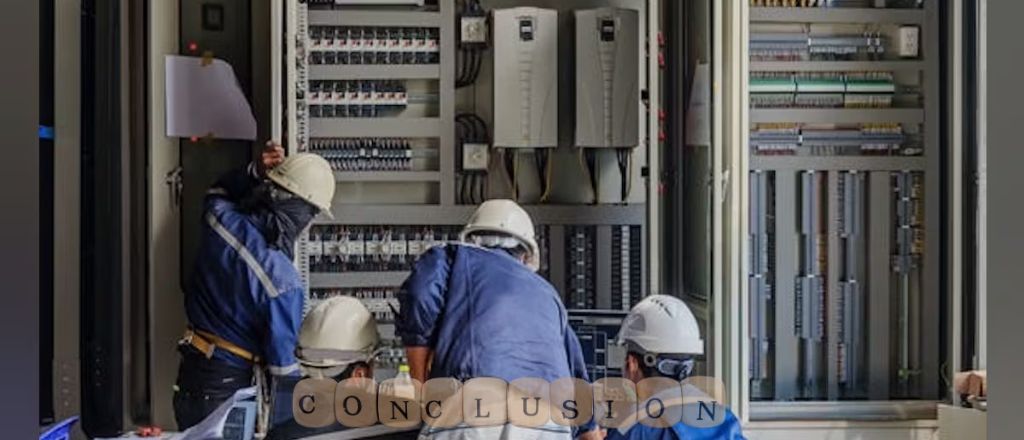PLC (Programmable Logic Controller) logic programming involves creating control systems using software to automate industrial processes. It typically uses languages like ladder logic, function block diagrams, and structured text.
What is PLC Programmable Logic?

Explanation of Programmable Logic in PLCs
Programmable Logic Controllers (PLCs) are digital computers used in industrial automation to control machinery and processes. The programmable logic within these systems refers to the customizable set of instructions that govern how the PLC interacts with inputs, processes data, and outputs commands. Engineers program this logic using specialized software and tailor it to meet the specific requirements of diverse industrial applications.
At the core of PLCs, the system uses a sequence of operations, mathematical computations, and decision-making processes to execute predefined tasks. Engineers develop these instructions using programming languages like Ladder Logic, Function Block Diagrams (FBD), or Structured Text (ST). Once deployed, the PLC continuously monitors input signals, processes them based on the programmed instructions, and generates output signals to control devices like motors, valves, and sensors.
Interviewer: Trevor, can you explain why this system is a game-changer for industrial automation?
Trevor Blevins: Absolutely. The beauty of this system lies in its adaptability. It allows engineers to tailor a PLC's operations precisely to a plant's needs. For instance, if a manufacturer changes their production line, the PLC can be reprogrammed rather than replaced. This adaptability saves time and costs while maintaining efficiency.
Benefits of this System in Automation
The use of these systems in automation offers significant advantages:
- Flexibility and Customization: Engineers can easily modify and adapt the system to meet changing operational needs without replacing hardware components.
- Improved Efficiency: PLCs execute tasks precisely and quickly, ensuring optimized operations and minimal downtime.
- Scalability: This system allows for growth and evolution by integrating additional functions or devices as requirements expand.
- Reliability: Industrial-grade PLCs operate effectively in harsh environments and consistently deliver reliable performance.
- Ease of Troubleshooting: Diagnostic tools in PLC software enable technicians to identify and resolve issues quickly by monitoring the operations in real-time.
Interviewer: What industries benefit the most from these advantages, Trevor?
Trevor Blevins: Nearly every industry benefits from repetitive or complex processes. From automotive manufacturing to water treatment plants, the applications are vast. Each sector values efficiency, reliability, and the ability to scale—all of which this system provides.
How Programmable Logic Works in PLC Systems

Example Applications of Programmable Logic
Programmable logic is widely used across industries to automate repetitive and complex tasks. Here are a few practical examples:
- Manufacturing Assembly Lines: PLCs control robotic arms, conveyor belts, and automated tools, ensuring seamless operation and high production rates.
- Packaging Systems: Programmable logic governs sorting, labelling, and sealing processes, maintaining accuracy and uniformity in packaging.
- Process Control in Chemical Plants: PLCs regulate temperature, pressure, and chemical flow rates, ensuring safe and efficient production.
- Water Treatment Plants: Programmable logic automates filtration, chemical dosing, and pump operations to maintain water quality standards.
- Building Automation: PLCs manage lighting, HVAC systems, and elevators in commercial buildings, optimizing energy usage and enhancing occupant comfort.
Interviewer: Could you give us an example of an application that might surprise people?
Trevor Blevins: Certainly. One unexpected application is in theme parks, where PLCs manage roller coaster safety and timing. They ensure the rides operate smoothly, keep intervals safe, and respond instantaneously to irregularities.
Integrating Programmable Logic with Industrial Control Systems Integrating programmable logic into industrial control systems involves several key steps:
- System Design: Engineers analyze the operational requirements and design the logic flow using programming tools. This stage includes defining input and output parameters, establishing control sequences, and specifying safety measures.
- Hardware Configuration: Engineers configure the PLC with appropriate modules, including input/output (I/O) interfaces, communication ports, and power supplies. They connect each module to field devices like sensors and actuators.
- Programming: Engineers create the logic program using a suitable programming language. For instance, Ladder Logic resembles electrical relay diagrams, making it user-friendly for electrical engineers.
- Testing and Simulation: The programmable logic is tested in a simulated environment to validate its functionality. Engineers verify that the system responds correctly to various inputs and conditions.
- Deployment and Commissioning: After testing, engineers upload the program to the PLC and commission the system. They connect all field devices, calibrate sensors, and ensure seamless communication between components.
- Maintenance and Updates: Post-deployment, engineers monitor system performance and implement updates to the logic as operational needs evolve or new features are required.
Interviewer: Trevor, how do you ensure the integration process runs smoothly?
Trevor Blevins: Communication is key. The engineering team must work closely with operators and stakeholders to understand every requirement. Detailed testing and simulation also help catch potential issues before deployment. A collaborative approach ensures that the system meets its objectives effectively.
Conclusion

The functionality within PLC systems is the cornerstone of modern industrial automation. By enabling precision, flexibility, and reliability, it empowers industries to optimize processes, enhance productivity, and adapt to ever-changing demands. From manufacturing to infrastructure management, PLCs have revolutionized systems, paving the way for more innovative, efficient industrial practices. As technology advances, the role of these systems in shaping the future of automation will continue to expand, offering limitless possibilities for innovation.
Interviewer: Any final thoughts, Trevor?
Trevor Blevins: This technology is not just about automation but empowering industries to innovate and remain competitive. The possibilities are endless, and I'm excited to see how future advancements will push the boundaries of what we can achieve with PLCs.
Frequently Asked Questions
Learning PLC can be straightforward for those with a basic understanding of electrical circuits and automation, though mastering it may take time due to the complexity of industrial processes.
Yes, PLCs are widely used in manufacturing, automation, and control systems, as they offer reliable, flexible, and real-time control over processes.
A PLC is a digital computer used for automation of electromechanical processes. It works by reading inputs (sensors, switches), processing logic, and controlling outputs (motors, valves) based on programmed instructions.

